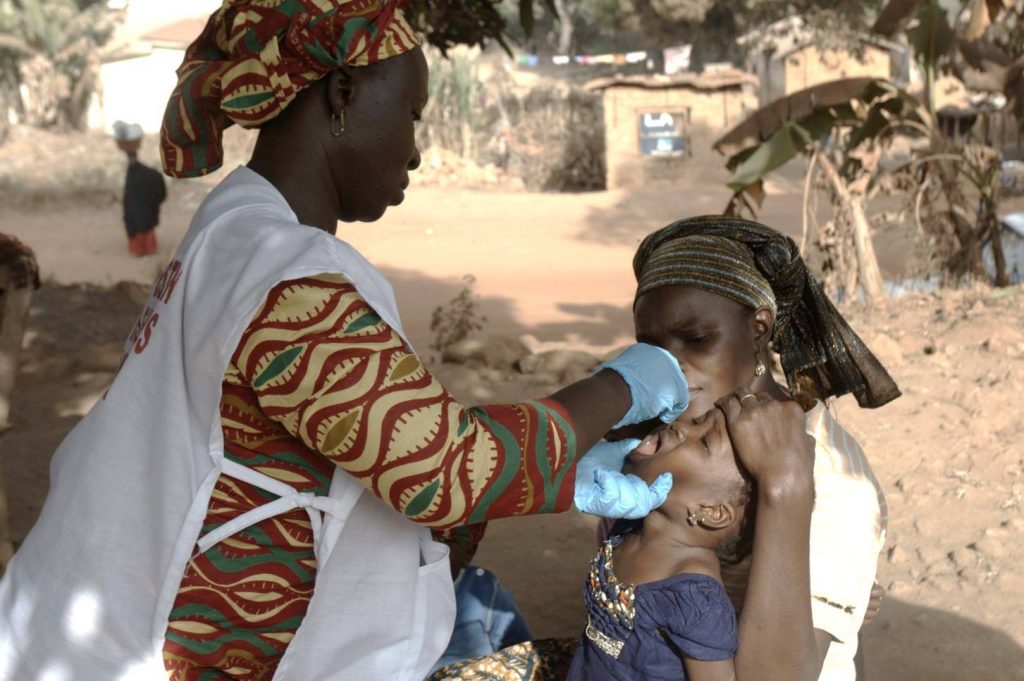The hidden risks of polio transmission in Africa
As Nigeria reports its first wild poliovirus cases in two years, the risk of an ongoing vaccine-derived strain remains in Guinea
 Much attention has rightly been given to the recent detection of wild poliovirus type 1 (WPV1) cases in Nigeria, the first reported from the African continent in more than two years. The announcement of these cases came on the eve of Africa’s ‘two year’ anniversary without polio. But even without detection of these cases, the risk of an ongoing circulating vaccine-derived poliovirus strain type 2 (cVDPV2) had also remained, in Guinea.
Much attention has rightly been given to the recent detection of wild poliovirus type 1 (WPV1) cases in Nigeria, the first reported from the African continent in more than two years. The announcement of these cases came on the eve of Africa’s ‘two year’ anniversary without polio. But even without detection of these cases, the risk of an ongoing circulating vaccine-derived poliovirus strain type 2 (cVDPV2) had also remained, in Guinea.
Guinea has been affected by a cVDPV2 outbreak, centred around the country’s Kankan region, since 2014. While no new cases have been reported since December last year, remaining subnational surveillance gaps in the region mean that undetected circulation cannot be ruled out.
Guinea has made strong improvements both to its population vaccination/immunity levels – which had been decimated as a result of the Ebola crisis – and surveillance sensitivity over the past year. An official outbreak response assessment found profound and significant improvements across the country. Despite these improvements, however, gaps both in vaccination coverage and surveillance remain which must be filled, before it can be definitively concluded that the outbreak has been stopped.
Worryingly, as many as 20% of children in Kankan remain underimmunized and therefore vulnerable to diseases such as polio. Of additional concern is that neighbouring countries, in particular those which had also been affected by Ebola, also have significant immunity gaps in key areas. In Liberia for example, in some areas as many as half the children are not fully protected against polio.
This should be cause for concern and a need for urgent action, particularly given the risk of undetected circulation of the cVDPV2 in the region, and now with the detection of WPV1 in Nigeria. Historically, WPV1 from northern Nigeria has repeatedly spread to re-infect countries across west Africa.
The risk of persistent subnational gaps – both in surveillance and population immunity – was highlighted and underscored at the recent Africa Regional Certification Commission meeting, not just in west Africa, but indeed across west, central and the Horn of Africa. Despite tremendous progress achieved across the African continent towards polio eradication, detection of recent viruses and persistent surveillance and immunity gaps are a stark reminder that more must be done to secure a lasting polio-free Africa once and for all.
More:
Public health emergency declared in Lake Chad basin following Nigeria polio outbreak













